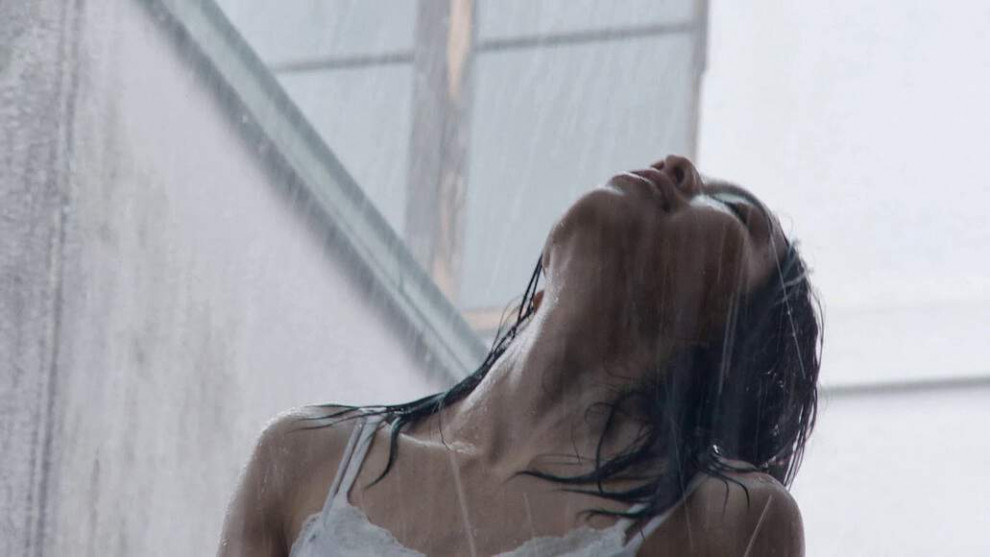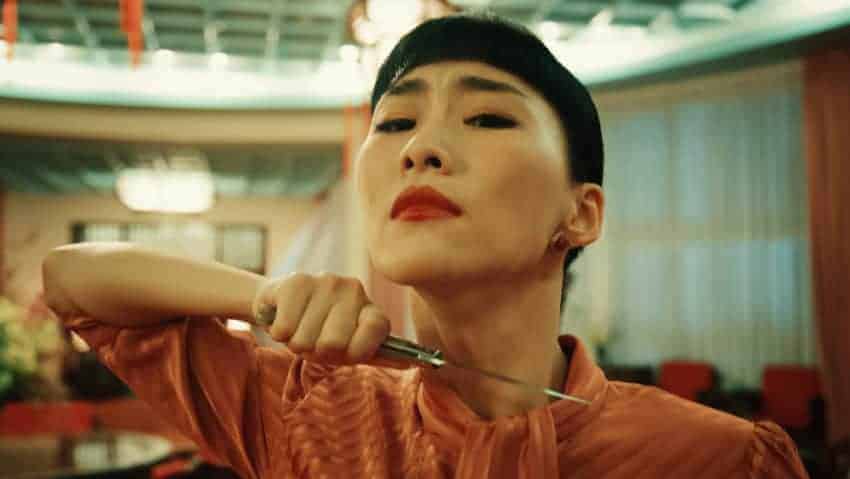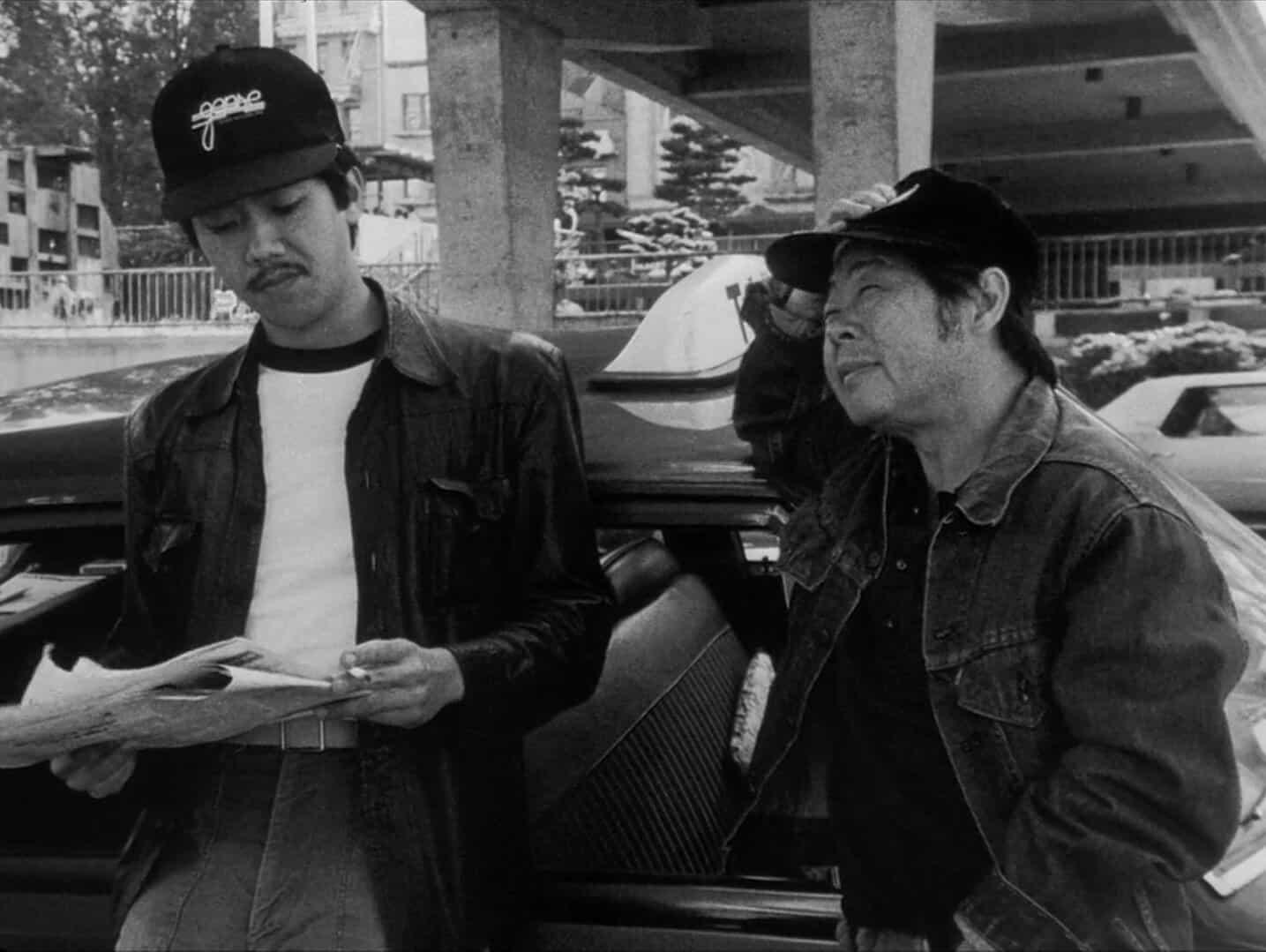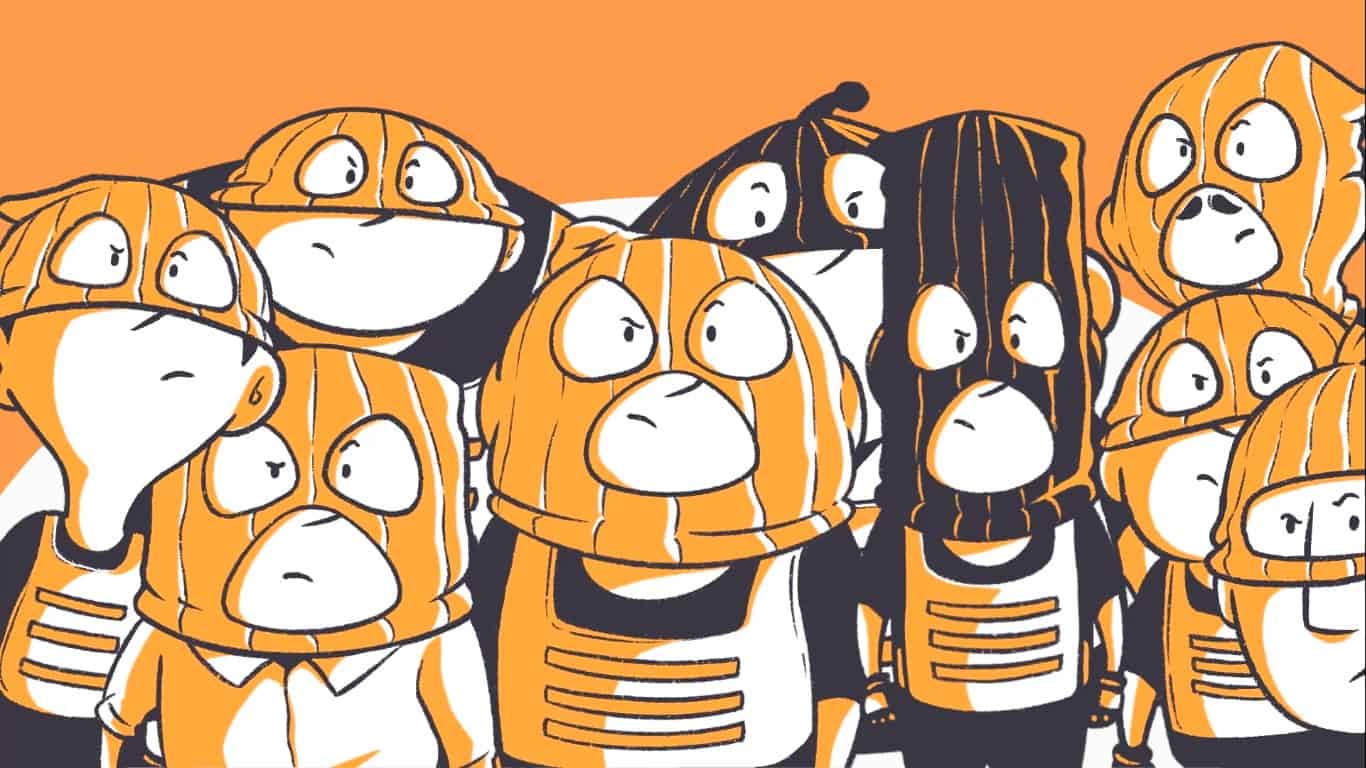“I'm still allowed to exist.”
Although most of his films have been proven to be exhausting and challenging experiences, the nature of the subject Shinya Tsukamoto tackles in “Kotoko” may just be the most difficult. Since his body of work, especially after “Tokyo Fist”, explores the link between body and spirit, perhaps “Kotoko” can be regarded as the natural result of these ideas in Tsukamoto's films. Inspired by the songs and lyrics of Japanese singer Cocco, the director had planned to make a film with her for quite some time. After collaborating with her for the music video to her song “Cocco uta no o sanpo” and many interviews with her, he eventually wanted to explore more of the world the singer deals with in her songs.
Kotoko (Cocco) is a young woman living in Tokyo. In a small apartment, she takes care of her son and tries to find suitable work for her since her mental condition makes it impossible for her to work with others or concentrate. For quite some time, she has been suffering from double vision, episodes during which she imagines people wanting to attack her. Sad and desperate, she finds solace in cutting herself to confirm the reality around her as well as singing.
Buy This Title
However, as her episodes become increasingly more violent, her relatives decide to step in and take away her child. During a bus ride to her apartment, she also gets the attention of a man (Shinya Tsukamoto), who becomes fascinated by the beauty of her singing. His attempts to be close to Kotoko and even start a relationship with her might just help her, but could also be a potential danger for both of them.
While most movies dealing with the subject of mental illness deal with the subject from the outside, showing the physical and psychological breakdown of the character, this is certainly not what “Kotoko” is after. Similar to the kind of approach he used in the majority of his work, the use of first-person-perspective reflects the distortion of reality Kotoko experiences when she goes through her daily routine. The scenes in which strangers, even loved ones, become potential threats to her, wanting to hurt her are supported by audiovisual distortion, making these images almost unbearable. From the eyes of Tsukamoto's camera, which, in this case, are Kotoko's, reality has not just become a blurry, but overall hostile construct questioning the nature of one's perception. Essentially, the audience is in a way forced to understand Kotoko's condition through self-experience.

Considering this approach to the theme, the main emphasis of the narrative lies on Cocco's performance. Even though Tsukamoto has worked with non-actors before, this might just be the best, most intense performance in one of his films as Cocco goes through both the emotional and physical challenges of her character. Especially the few scenes with her son or at the beach when she visits her relatives express the kind of longing she feels for a sense of normality, a more harmonious perception of reality. Naturally, the significance of singing, the beautiful voice of Cocco further highlight this longing, making the contrast between these scenes and the images of self-harm and violence even more painful.
In the end, “Kotoko” is an emotionally challenging film, an experience which will leave its viewer exhausted and troubled. Based on a terrific central performance and great cinematography, “Kotoko” is a true achievement for its creator. This is a heartbreaking film which hopefully will find many more viewers in the years to come as it is perhaps the most important entry in Tsukamoto's body of work.
Sources:
1) Vijn, Ard (2012) IFFR 2012 Interview: Shinya Tsukamoto
https://screenanarchy.com/2012/02/iffr-2012-interview-shinya-tsukamoto-talks-kotoko.html , last accessed on: 06/09/2019
2) Magee, Chris (2011) Shinya Tsukamoto discusses “Kotoko”, singer Cocco, animation and more
http://jfilmpowwow.blogspot.com/2011/09/interview-shinya-tsukamoto-discusses.html , last accessed on: 06/09/2019
















